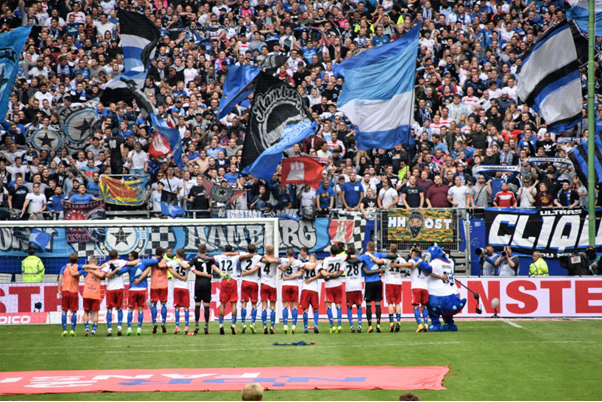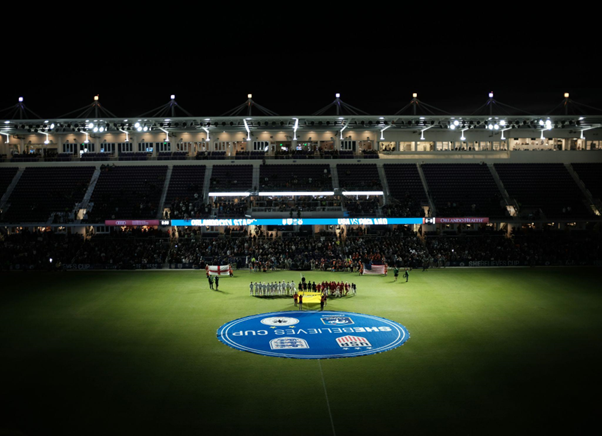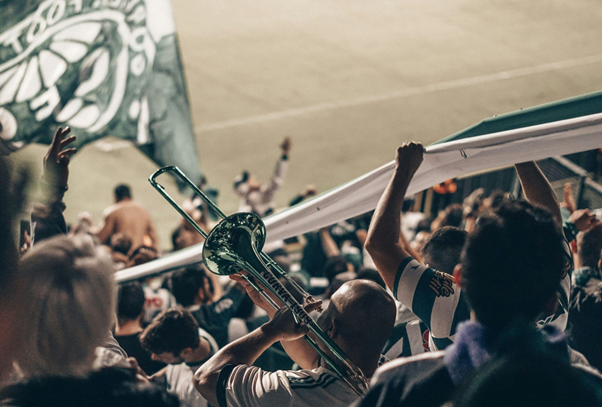As you will see in the world of sports, the cultural points that define the atmosphere are those that provide a large contribution to the value of that sport. They are markers of what it feels like to be a part of the phenomenon that so many people know and love, making up an entire environment full of communities of various shapes and sizes.
After all, the value of watching sports comes from the engagement that it provides, and social engagement is certainly near the top of the list. Yes, we have entertainment, which is also a purposeful type of engagement that mostly brings positivity.
In sports, you also have the dimension of gambling, which has created a whole new meaning of engagement. Ever since, multiple markets have gotten the ball rolling with their sanctioned betting operations, and BetOnValue has identified an immense influx of brands that have tried to pierce through the competitive curtain of this medium.
However, we will dedicate this article to a less number-centric part of what it means to follow sports. We will talk about something that can be fun, touching, dramatic, memorable, but definitely engaging. We will talk about music and what it means to the sport of football. As things stand, music’s role in the creation of an atmosphere is almost as powerful and valuable as the stadium noises themselves.
There can be a valuable atmosphere without music, but why not use its upside and make it worthwhile?
What football are we talking about?
We believe that it’s worth talking about the most popular ones: gridiron football (the American one) and association football (soccer). Both sports refer to themselves only by football, which makes it particularly confusing for the other, but their status as sporting hegemons within certain geographical and cultural spaces is undeniable.
We’ve chosen to talk about both of them because they both provide a certain level of atmosphere. They are widely different sports in more ways than we can count, but we see more and more crossover. From billionaires owning NFL and Premier League clubs simultaneously (the Glazer family owning both the Tampa Bay Buccaneers and Manchester United) to official games played in stadiums designed for the other sport, things are converging.
Something as universally important to sports fans as music is worth addressing from both points of view. At the same time, we need to acknowledge other types of football, such as Gaelic and Australian football, which have their own fan bases, even if they don’t operate at the same level as the versions that we’re addressing here.
The power of the national anthem

Patriotism is a concept that blends the sense of belonging with the idea of a higher purpose. The nation is something that is both a community, a sense of pride, and a denominator that defines every national. As such, having pride and love for cultural symbols of that belonging is why the national anthem is so important.
For the citizens of a country, the national anthem is the song that defines them all. For this reason, that song is about the mythos and the mentality of that nation, just as much as it is a matter of atmospheric build-up.
On that last point, there are numerous moments in which you see the power that it has in football contexts. Data on the pride of being American from 2024 suggests that they are still very much in tune with their own identity. As such, it’s no wonder that the singing of The Star Spangled Banner is a moment of absolute pride and solemnity for them, with legendary moments like Whitney Houston’s intimidatingly historic rendition during 1991.
Things are very interesting with association football because of the fragmentation of the countries that participate in continental competitions. You have a tapestry of anthems from various countries, small or large, with some of them having a background of intense nationalism, especially events like the fall of the Iron Curtain.
Overall, the singing of the national anthem will always be at the top of the chain of small events that happen around a football game of any sort. It’s a moment of pride, of unity, and a moment that speaks to collective identities.
Entry songs and the consolidation of hype
This is a bit of an ambiguous element because it has less form and consistency than others here. Simply put, it’s a club-by-club matter that defines stadium atmospheres, not to mention the way that the organizers of a game can understand how to rile up the crowd.
Hype, or enthusiasm, is almost like a currency that every team wants for itself it is to have a level of fan support that gives them the edge. Understanding the psychology of football crowds is all about knowing that there is an absolute need for momentum when it comes to the build-up.
Fans react to what happens on the field, to the preconceptions they may have about a given match-up, and to other elements. In association football, you have the iconic entry on the pitch, in which you have teams enter next to children. In gridiron football, you have the individual introductions of players, with the stars always commanding the most hype.
In such cases, the song that plays in the background is the cherry on top. It can bring a level of intensity, of aggression, and it most definitely can complement the importance of the moment.
Tournaments anthems

This is mostly an association football/soccer thing. We are talking about theme songs that define the entire tournament, bringing a level of connection between a tune that is neutral to all competitors, but still has cultural significance.
Before we talk about it, we’d like to make a small interlude about the idea of the Super Bowl halftime show. While the concept does not entail a song per se, plenty of editions of the Super Bowl have an iconic musical moment tied to the overall memory of that season’s biggest game.
Michael Jackson’s Super Bowl XXVIII appearance brought the concept to a new level of popularity and iconography. Prince’s rain-laden Purple Rain moment is something that many still remember with a sense of veneration. The most recent one, Kendrick Lamar’s performance, was a matter of cultural seismic activity. Overall, we have entire musical sets that define the biggest game of an NFL season.
In association football, we can talk in simpler terms. The Champions League’s anthem, sung in multiple European languages, is a tune that fans hear before any match in this competition. It’s a grandiose reminder of what that moment means: being among the best, competing with the best. It’s an iconic tune that has never lost a grain of magnitude.
As for the international competitions, the local charm of the World Cup anthem is something that generally ties into the remembrance of a competition. Yes, some of them are quite forgettable.
However, Waka Waka’s significance, especially as a love letter to the first time the competition came to Africa, is one of the most galvanizing elements of the 21st-century sports culture. It was a phenomenon on YouTube from a global star in Shakira, with a music video that showcases beloved players who define a generation, contrasted in the video by legendary moments from past World Cups.
Once the sound of Fabio Grosso’s penalty hits the net and the chants hit, millions, if not billions, return to the summer of 2010.
Conclusion
There are some other elements that we could’ve mentioned, including the iconic role of anthems like You Never Walk Alone, Hey Jude, and even One Kiss. Adopting songs as a matter of club-level belonging is almost as popular as chants.
However, we’ve talked about the most important and connective parts of the musical effects on both types of football. It’s a tale of both worlds, and music will always be a fascinating part of what defines the atmosphere of these sports.





















